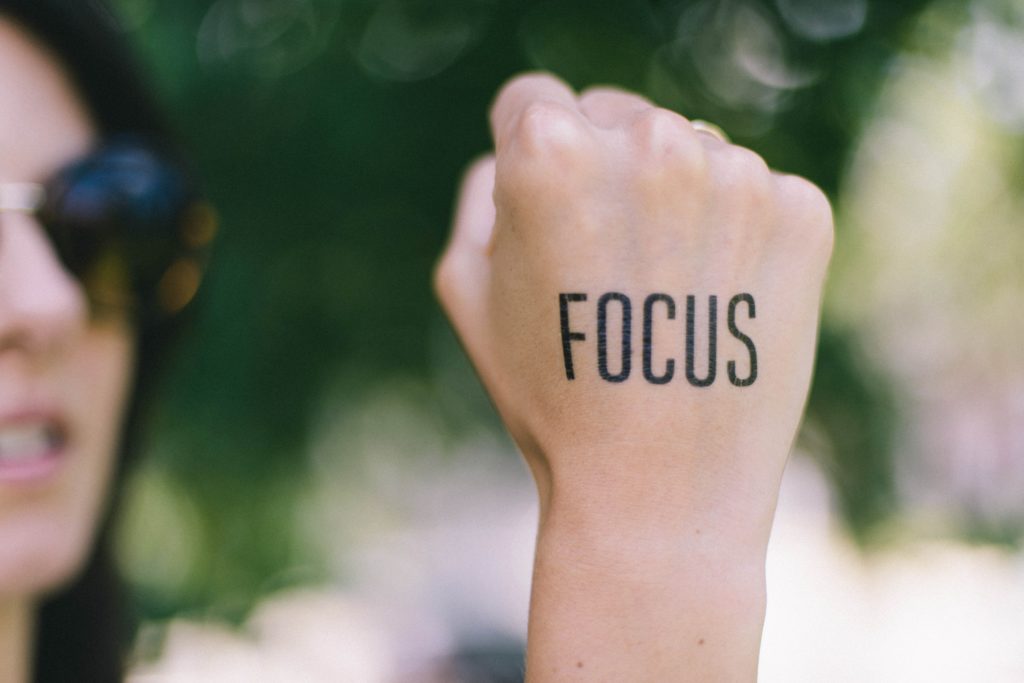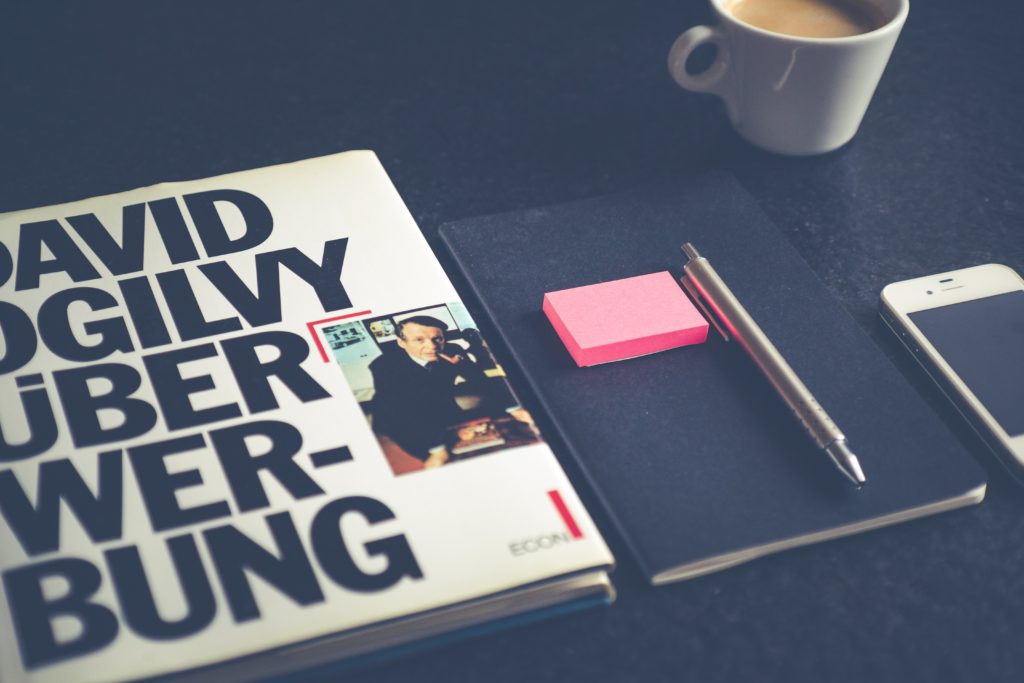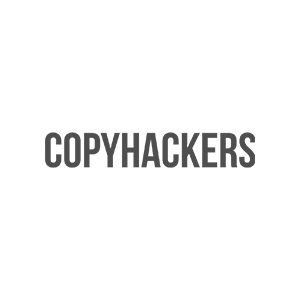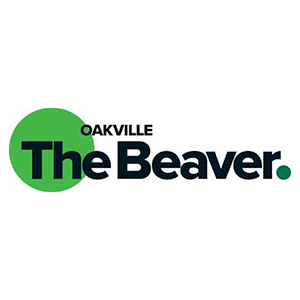
Key questions for brands.
- Does your brand have one source of truth for copywriting?
- Can your copywriters get right to the core of the problem you solve and tie it into your unique value prop?
- Do they know the Big Idea driving your creative?
- Have you identified the most important benefits and features that back your value prop and solve that core problem?
- Does your brand promise and origin story reinforce every other message?
- Are your proofs or reasons to believe tied tightly in with what your brand stands for?
- And are all of those go-to elements of copy founded in conversion insight?
If not, you may need to develop your brand’s “Copy DNA”.
Aka, your brand messaging guide. Aka your copywriting playbook.
There’s no one term for this guiding document, so we’ve labeled it a brand’s Conversion Copy DNA.
Lately, I’ve been talking about the Copy DNA we created for an innovative not-for-profit.
But brands across sectors need this kind of conversion-optimized messaging playbook.
It’s especially important if you’re re-positioning or refreshing a brand that’s no longer competitive. Or if you’re a startup.
Why startups especially need brand messaging guides
One of my favorite things is working with new brands by startup entrepreneurs. It’s a chance to start out with smart positioning and copy optimized to convert.
But often, these entrepreneurs are working with small budgets. They want conversion copy, but they’re willing to learn the art and DIY their copy as necessary.
For those clients, instead of writing their website, landing pages, emails and ads…
I create a copywriting playbook/brand messaging guide. We call it their Conversion Copy DNA.
It’s a complete guide to writing their own brand copy – but not just any copy: copy optimized to convert.
With this copywriting playbook, entrepreneurs can write their own copy. Having a guide equips them with the building blocks of copy they need to write anything.
A copywriting playbook gives great brands a well-earned advantage

Too many brands miss out on growth because their copy doesn’t convey why they’re different and better. Across every asset.
So, when your ideal customer encounters your marketing, they instantly know you’re the one to solve their problem.
And as those prospects get deeper into a relationship with your brand (seeing your emails, ads, content), that message is reinforced. You begin to own that space in their minds.
Kudos to the brands who realize they need that kind of copy.
Copy based on a conversion strategy executed across every marketing asset.
Like the unnamed-but-fabulous brand that we’ll be talking about today.
They’re solving a real problem in the skincare market.
And they’re doing it ethically, with great care for the customer… from their sourcing to their funnels to their user experience.
This is a skincare brand you can trust – so important at a time when brands like Sunday Riley have been systematically faking customer reviews, with no more than a “please don’t do that again” from the FTC.
My client is taking a strong stand against this kind of misinformation. Bold move.
Picking a fight like this = a more interesting and stickier message. But it isn’t a copywriting gimmick for my client – they’re sincere.
And they’re taking a risk because less scrupulous brands can make outrageous claims. E.g. if you use their products, you’ll have a completely new face.
That’s just not science. And my client is brave enough to say as much.
When we write copy for clients like this, the problem isn’t finding a “different or better” message. The challenge is choosing just one.
Do we focus on their brand philosophy? On their product superiority? On the ways they’re delivering better customer experience?
Those are key questions we solve as we research the audience and develop the Copy DNA.
We have to hone in on the message with the best chance of winning in the market – while staying true to their brand and the functional truths about their products.
The result is a core set of messages that are conversion-optimized but also completely unique to the brand, so they can’t be easily replicated.
And then we test. More on that in the video walkthrough.
Anytime we write copy for this brand, we refer back to the messaging playbook
Why do we do that?
To keep our copy from straying.
The Copy DNA is a guide to brand copywriting that’s rooted in conversion research. Extensive research. It’s based on what we know the customer thinks, feels, believes, wants.
It factors in the positioning of other brands in the category.
And it plays up the unique strengths of the client’s brand.
We’re developing a theory for what copy will convert and capturing it in a single guide
This entire Copy DNA is an argument selling the brand based on our conversion theory. Which is based on audience insight.
As a theory, it needs testing. But you can’t test without a theory.
If you know about copywriting formulas, you’ll see that the table of contents here follows the formula for a long-form sales page.
Problem
Agitate
Solution
Why
Try
Buy
That single formula covers serious ground. It incorporates virtually everything you need as a copywriter to produce copy for any asset.
So, when we write a playbook for a brand’s copy, it makes sense to use this formula.
Need to write problem-focused copy? Go back to the Copy DNA and reference the problem copy. Pull that copy directly from the guide and work it into your copy asset.
Go ahead and massage the copy to fit the context. But stay true to the core insight and the carefully chosen language.
Why we consider this beta copy for testing

When the brand launches, they need to go live with a whole lotta copy: product pages, about page, homepage, ads, landing pages, emails.
And those assets need to all hang on this theory of what will convert.
It’s focused because we want to break through the clutter.
To imprint on the audience’s mind this idea about why the brand is different and better.
During the launch, we’ll put our theory to test. In fact, every section of the copywriting playbook, the Copy DNA, can be tested.
We’ll learn from surveys, A/B testing and behavioural data.
And we’ll refine the copy playbook based on what we learn.
That doesn’t mean this pre-launch copy is just a guess. It’s a data-based hypothesis.
The data we used to write the playbook included voice-of-customer insight from places like Reddit (a goldmine) and competitor messaging audits.
We analyzed what consumers are saying about brands; what they want in skincare and the problems they’re having; their triggers to say yes and their objections; what they believe to be true; their attitudes and beliefs.
And based on the positioning of other brands, we came up with a theory of how the client can be positioned as different or better – right out of the gate.
The core of the brand’s copy starts with the problem they solve

Not just for anyone. For a very specific customer.
In this case, the ideal customer is someone who wants to dip their toes into active skincare ingredients, into professional-grade or luxury skincare, but doesn’t know where to start and doesn’t know what to believe.
They might be overwhelmed or mistrustful of the outrageous claims and fake reviews in the industry.
Sure, there are other categories of potential customers who we’d love to attract. But their sophistication or awareness or buying patterns are just in another category.
We’re looking for people who want skincare that they believe works, but they don’t want the irritation. They don’t want the look of being in treatment.
In the brand messaging playbook, we zero in on how this target customer defines the problem.
And we use that problem setup to move them closer to the brand as the obvious choice.
The problem ties directly into the big idea, the unique value proposition and every other element of the Copy DNA.
Finding the Big Idea, the value proposition and defining the brand

A big idea is an insight that captures something highly desirable and disrupts assumptions.
The big idea here is that you should not have to overpay to try premium skincare… which ties in with the client’s unique value proposition.
They’re offering a very generous trial program. And it differentiates them from other, similar brands.
The big idea and the value proposition are tightly linked.
One leads to the other, making the client’s brand seem like the obvious choice.
We’re building this big idea around a provocative statement: the only review that matters is your review. You deserve to be able to try skincare without paying too much.
And that’s where the client’s value prop comes in. Only this brand lets you truly try before you buy.
At this point, the audience is naturally wondering – what is this brand?
How do I fit their offer in the categories of skincare in my mind?
That’s why we need to come up with a concise statement of what the brand is. It includes a few different telltale words, like luxurious, effective, scientific. These words let the audience know what kind of skincare is on offer.
But we’re not just describing the brand. We’re also amping it up by including what they’re against – their reason for being.
This brand is on a mission to take the hype and risk out of skincare so you can make the best decisions for your skin.
So, this is a functional and philosophical statement of what the brand is – how it’s positioned in the market. And it ties in with everything we’ve discussed before: how we articulate the problem, the big idea, the value proposition.
Selling “why buy” in the copy: benefits and features no messaging playbook is complete without

Every brand needs to identify its most powerful benefits and features. Benefits are often sub-segmented into emotional, functional, transformational.
Confidence as an emotional benefit ties in nicely with the brand concept we’re developing here. By trying, you can have confidence. This is the primary emotional benefit we’re going to test.
When it comes to functional benefits, we have:
- trying before you buy, which saves you time and money
- active ingredients make visible changes over time
- you don’t need to experience side-effects today to have beautiful skin tomorrow
Transformational benefits are more challenging for almost any brand, especially a product. This category of benefit is about how your identity or outlook changes as a result of choosing a product or service. And it can come across as inauthentic – or just unrealistic – unless you’re careful.
Skincare is not going to transform you at a deep level, but it is a way to keep your skin in sync with that feeling that you’re still the same, only stronger and wiser. We’ve also tied in an idea around aging as a privilege. This is drawn directly from voice-of-customer.
Next, we get into brand features. What do you need to know about this brand, technically? What’s included in the making that differentiates the brand?
Brand features are at a higher level than product features. In this case, the features we call out include active ingredients, scientifically-tested formulas, sensitive-skin-friendly, packaged to preserve potency.
In product-focused copy (e.g. a product page), we’d go one level deeper. Our copy would drill down into the specific benefits and features of the product but stay in close alignment with the brand messaging.
Writing the brand promise and origin story (conversion copywriters need those, too)

Now, the brand promise is where you say, “If you trust us with your money, here’s what you’ll get.”
When I was writing the 10x Facebook Ads sales page for Copyhackers, the promise was that you’d be 10x more confident and capable to write Facebook ads. Notice we don’t promise you’ll get a 10x ROI on your ads.
Your promise has to be something you can stand by, even legally.
Here, in keeping with the brand philosophy and voice-of-customer, we are shying away from outrageous claims and promises.
The brand promise is that with patience and persistence, active ingredients can change your skin. And it will be a beautiful experience. Soothing and not irritating, so you can stick to that regimen that will change your skin.
Now, the origin story is crafted around the same ideas that you’re seeing elsewhere. The problem with skincare and how this brand is uniquely positioned to solve that problem for this target market. We only include in the origin story copy that reinforces those core ideas.
Hopefully, at this point, you can see the common thread.
A brand’s messaging playbook is designed to keep everyone aligned around the most powerful messages. Messages rooted in conversion insight. And every one of those messages stays close to the core ideas. They’re mutually reinforcing.
Every brand messaging guide needs a core set of reasons to believe (aka proofs)

At this point, we’ve made an argument for the brand. Now we need to back it up.
That’s where proofs or reasons to believe come in.
Reasons to believe need to be tightly tied to the argument. You’re backing up all of the benefits, all of the features, unique value proposition, everything has to be justified by these proofs.
It’s hard for a new brand just launching to earn those markers of trust. That’s why developing the proofs or RTBs can take significant effort when a brand is just getting off the ground.
But you should aim to several markers of trust such as third-party endorsements, credentials, testimonials or metrics.
These become part of your messaging playbook. Anytime you write copy and need to close with proofs, you draw on those included in the Copy DNA.
Include “closer copy” you’ll use to seal the deal
Sometimes you close copy with proofs. But at other times, you draw on final, closing arguments.
A few of these “final push” elements are more common in direct response long-form sales pages. But you can use these closers flexibly in a variety of marketing assets.
“Right for you if” copy calls on the customer to self-identify if they fit certain criteria. For example, if you’ve been struggling with this problem. If you’ve been hoping for this kind of solution. If you’re in this particular scenario. If you’re this kind of buyer.
These “right for you if” statements remind the reader of everything you’ve already told them – the core reasons you’re different and better for them, if they fit the profile.
Next up, the ROI. Is it worth it?
This is where you anchor your price against other costs or ideas your customer has about value.
Here, we’ve framed the ROI by explaining that high-quality skincare pays off with better results, using less product. Your investment lasts longer. You’re protecting your in-clinic treatments.
Why is one skin cream $12 and the other $120? Help your audience understand pricing with copy that makes your offer clearly worth it.
Now, calls to action are also included in closer copy.
You might use a variety of CTAs across marketing assets, but they should be aligned with the rest of your copy.
It would be odd for this brand if our CTA were something like, “Try the celebrity-endorsed retinol.” Completely off message. So stick with the core brand ideas when you draft CTAs.
The risk of missing out is another important element in closer copy.
When people are on the fence, sometimes revealing the risk of not taking action can trigger a decision. Procrastinating on skincare is something they will regret. We’re just making them aware of that fact.
We can also include the guarantee in closer copy.
A guarantee is not just legal copy. It’s sales copy. Treat it as such and include your guarantee copy in your messaging playbook aka your Copy DNA.
What else do you need in your brand’s copywriting playbook?

Think of your Copy DNA like old school lego you could use to build anything.
If you need a piece, include it.
The client’s Copy DNA includes their tone of voice, vocabulary and values developed by a brand copywriter who cleverly drew on voice-of-customer.
You might also include vision and mission. Or an elevator pitch (like we did in Thrive’s Copy DNA.)
You might include phrases for use in social media or exemplary headlines.
The point of having a conversion-optimized copywriting playbook is to create that single reference. That single source of truth that will keep your brand aligned around messages engineered to convert.
But having a messaging playbook doesn’t mean we blindly adhere to the party messaging line. It means we have a set of messages with a solid shot at converting, but we’re taking those messages to market to test.
And when we change the messaging, we do it thoughtfully, based on data. Changes to one part of the messaging trigger changes to other parts of the messaging because they all hang together as a cohesive argument.
By developing your copy playbook intentionally, you’re making sure the argument is solid. It’s strategic. It’s fully thought-through.
Is it Brand Messaging or Copywriting?

You might be wondering…
Isn’t developing a guide like this an exercise in branding? Why are we talking about conversion copy methods here?
Brand copy can be very different from conversion copy. The two don’t always speak the same language.
The downside of brand copy is that it’s not always rooted in conversion insight. It can be purely an exercise in creativity. But brand ideas developed in a brainstorming session (without deep research) are unlikely to convert.
The downside of conversion copy can be short-sightedness. In the wrong hands, the single-minded goal is the next conversion. It’s direct response 2.0.
But brands need to achieve that “know, like and trust” status to earn loyalty. That means they can’t shift messaging just to score a quick conversion. Brands have to demonstrate consistency lest they come across as strictly mercenary. Or baffling.
Conversion copywriters need to think about how we can generate love for the brand in the long-term.
I’m reading Beloved Brands by Graham Robertson right now. He talks about the need to make customers fall in love with your brand given they have so many choices.
We’re holding those two ideas in mind as we develop the brand’s copywriting playbook. We’re thinking about the relationship and loyalty, but also being persuasive in a world where people can bounce instantly to the next option.
It’s not conversions or branding. It’s both.
…
That wraps up my overview of the Copy DNA for just one brand.
We’re doing the same now for clients in a variety of sectors. So, reach out if you have questions about optimizing your brand’s messaging for conversions.






























